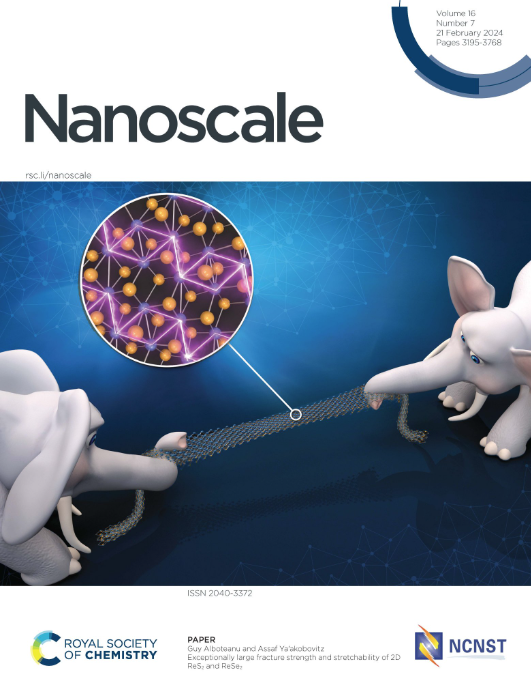On the epitaxial growth in ALD Co3O4- and NiO-based bilayers
IF 5.8
3区 材料科学
Q1 CHEMISTRY, MULTIDISCIPLINARY
引用次数: 0
Abstract
NiO and Co3O4 are versatile materials studied for a plethora of applications, yet their performance for a specific application relies on the control of their crystallographic texture and corresponding surface facets. Achieving such control can be challenging, often requiring hetero-epitaxial growth on single-crystalline substrates, which are frequently incompatible with the requirements of the application. The combination of NiO and Co3O4 in heterostructures provides potential to control texture due to their similar crystal structures, whilst retaining the possibility to work with more versatile substrates. In this study, atomic layer deposited (ALD) thin films based on cyclopentadienyl precursors and an oxygen plasma are adopted to tailor the crystallographic texture of NiO from 〈100〉 to 〈111〉 using an ALD Co3O4 template layer, and similarly, to modify the Co3O4 texture from 〈111〉 to 〈100〉 on a NiO template. The films are shown to conform to the crystal orientation of the template material, whilst crystallizing directly in their own stable crystal structure with corresponding metal atom coordination. Further investigation includes ALD process parameters for NiO growth: the film texture is found to depend on the choice of co-reactant and the above-highlighted hetero-epitaxial relationship is stronger for plasma-based processes. In conclusion, these results demonstrate an original approach for application-oriented crystallographic engineering in thin films.

ALD Co3O4-和nio基双分子层外延生长的研究
NiO和Co3O4是用于多种应用的通用材料,但它们在特定应用中的性能依赖于对其晶体结构和相应表面切面的控制。实现这样的控制可能具有挑战性,通常需要在单晶衬底上进行异质外延生长,这通常与应用要求不相容。异质结构中NiO和Co3O4的结合由于其相似的晶体结构提供了控制纹理的潜力,同时保留了使用更多功能衬底的可能性。本研究采用基于环戊二烯基前驱体和氧等离子体的原子层沉积(ALD)薄膜,利用ALD Co3O4模板层将NiO的晶体织构从< 100 >调整到< 111 >,同样将NiO模板上的Co3O4织构从< 111 >调整到< 100 >。薄膜与模板材料的晶体取向一致,同时直接以自身稳定的晶体结构结晶,并具有相应的金属原子配位。进一步的研究包括了NiO生长的ALD工艺参数:发现薄膜的质地取决于共生物的选择,而上述强调的异质外延关系在基于等离子体的工艺中更强。总之,这些结果为薄膜中面向应用的晶体工程展示了一种新颖的方法。
本文章由计算机程序翻译,如有差异,请以英文原文为准。
求助全文
约1分钟内获得全文
求助全文
来源期刊

Nanoscale
CHEMISTRY, MULTIDISCIPLINARY-NANOSCIENCE & NANOTECHNOLOGY
CiteScore
12.10
自引率
3.00%
发文量
1628
审稿时长
1.6 months
期刊介绍:
Nanoscale is a high-impact international journal, publishing high-quality research across nanoscience and nanotechnology. Nanoscale publishes a full mix of research articles on experimental and theoretical work, including reviews, communications, and full papers.Highly interdisciplinary, this journal appeals to scientists, researchers and professionals interested in nanoscience and nanotechnology, quantum materials and quantum technology, including the areas of physics, chemistry, biology, medicine, materials, energy/environment, information technology, detection science, healthcare and drug discovery, and electronics.
 求助内容:
求助内容: 应助结果提醒方式:
应助结果提醒方式:


